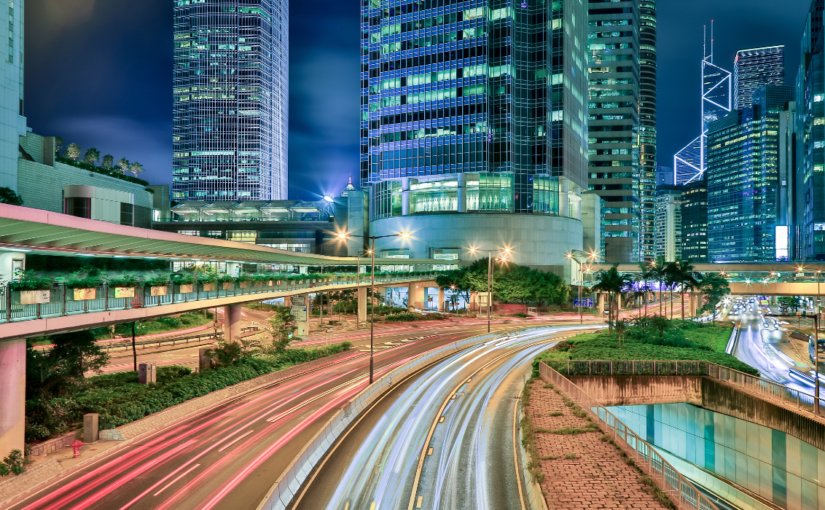back
The Impact of Zoning on Transportation and Urban Design
03-2023

Zoning is a crucial element of urban planning that has an array of effects on mobility and transportation. Zoning is a method of dividing a city into sections, with each section having a specified use, such as commercial, residential, or industrial. Zoning laws specify what can and cannot be developed in these designated zones, so influencing the physical environment of the entire city. We’ll look at how zoning affects urban planning and transportation in this blog.
- Transportation Planning
The location of various forms of development within a city is determined by zoning, which has a big impact on transportation planning. For instance, residential zoning may prevent commercial or industrial growth, leaving communities without the amenities and services they require. Due to the additional distance inhabitants must travel to acquire products and services, this may increase their dependence on cars. Contrarily, mixed-use zoning can promote walkability and transit use, resulting in more environmentally friendly mobility options.
- Parking Requirements
Parking requirements are affected by zoning as well, and these rules can have a big impact on travel patterns. For instance, zoning restrictions may mandate that new construction supply a specific number of parking places based on the development’s square area. This may lead to an excess of parking, which promotes driving and adds to congestion. Alternately, zoning regulations can lessen the need for parking, encouraging developers to build developments with bike parking or transit passes as sustainable transportation options.
- Transit-Oriented Development
A goal of the urban planning technique known as transit-oriented development (TOD) is to establish compact, mixed-use neighborhoods that are centered on public transportation. Zoning can significantly aid TOD by enabling higher-density development close to transit hubs. Zoning regulations can encourage citizens to use public transportation, lowering reliance on private vehicles and enhancing mobility in general by rewarding dense development close to transit.
- Urban Form and Walkability
Zoning also affects the way a city is built, which can significantly affect how walkable and mobile it is. For example, low-density, single-use zoning frequently leads to wide suburbs that are unsuitable for biking or walking. Contrarily, mixed-use zoning can promote the growth of small, walkable communities that are well-connected to public transportation and other amenities. Zoning regulations can support more sustainable mobility patterns by influencing the shape of the city.
- Accessibility
Accessibility is impacted by zoning as well, especially for disabled individuals. For instance, zoning laws may mandate accessibility features like ramps, elevators, and larger doorways in new construction. This can increase accessibility and mobility for those with impairments, enabling them to take part more completely in society.
- Economic Development
Last but not least, zoning has an effect on economic growth, notably in terms of accessibility to jobs. For instance, zoning regulations that support mixed-use development may increase the number of jobs accessible by foot or bicycle from residential areas. This can shorten commute times, facilitating employment for employees as well as helping employers find and keep top personnel.
Zoning is a crucial element of urban planning that has a variety of effects on mobility and transportation. Zoning regulations affect many aspects of our cities’ built environments, including parking regulations, transit-oriented construction, and how we move about them. Zoning regulations can lessen reliance on automobiles, increase mobility, and foster the development of more livable, vibrant communities by encouraging sustainable modes of transportation including walking, biking, and public transit.
It’s crucial to keep in mind that zoning regulations are not the only thing that affects transportation and urban planning. Infrastructure, land use patterns, and investments in public transportation are among other important considerations. Thus, it’s essential to take into account zoning laws alongside other urban planning techniques to develop a thorough, sustainable transportation and urban design strategy. We can design communities that are open to all citizens, sustainable, and lively by employing a comprehensive approach to urban planning.
F2H Capital Group is a debt advisory firm specializing in negotiating the best terms for your commercial real estate projects. The company offers a range of financial products and services, including fixed loans, bridge loans, and construction loans across all asset types. Please contact us for any of your financing needs.

